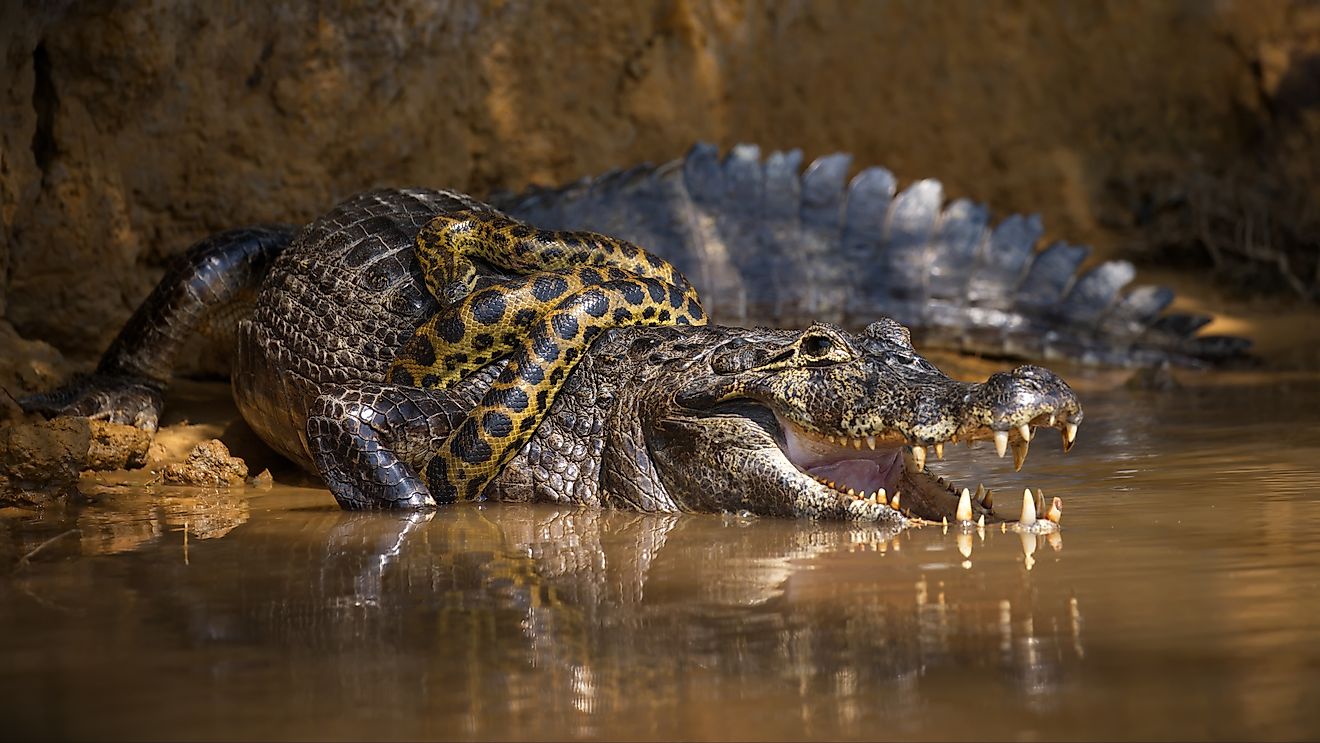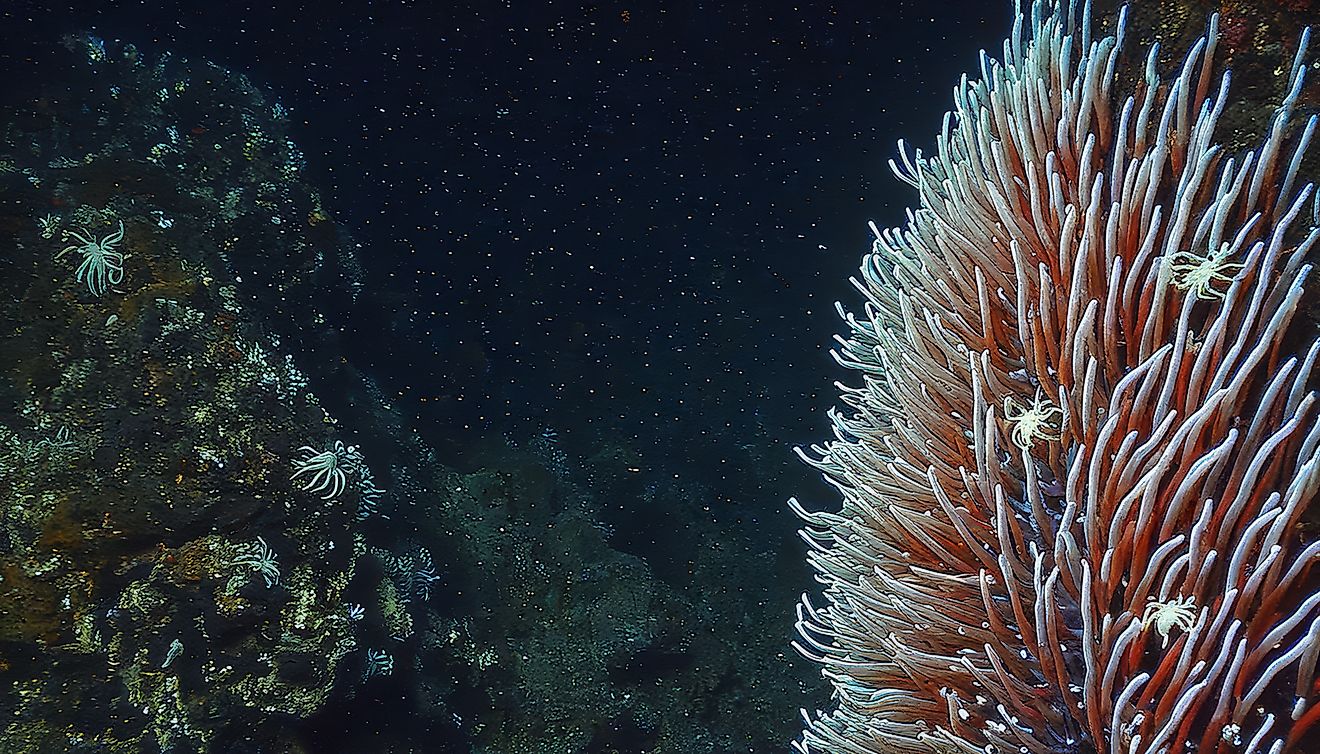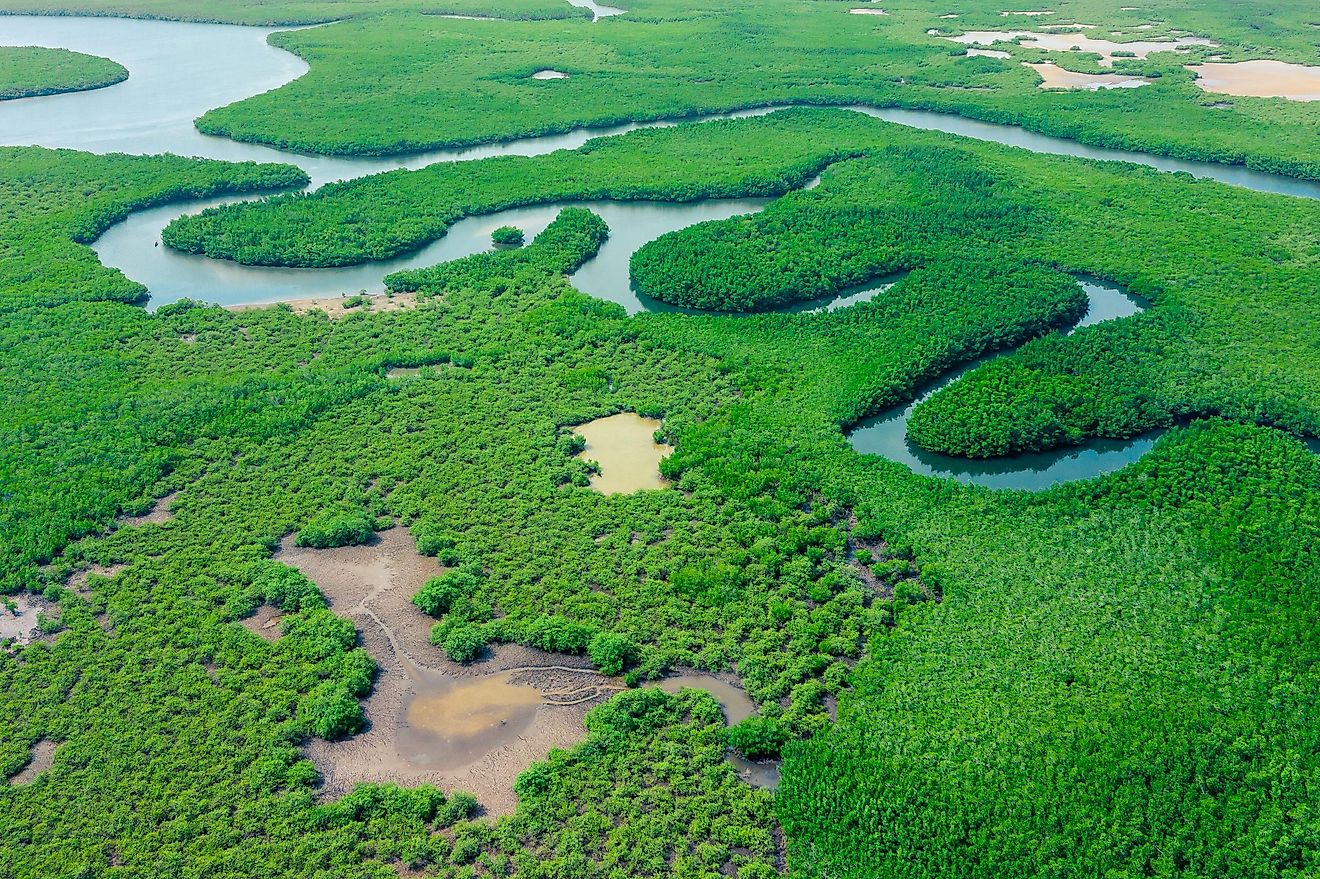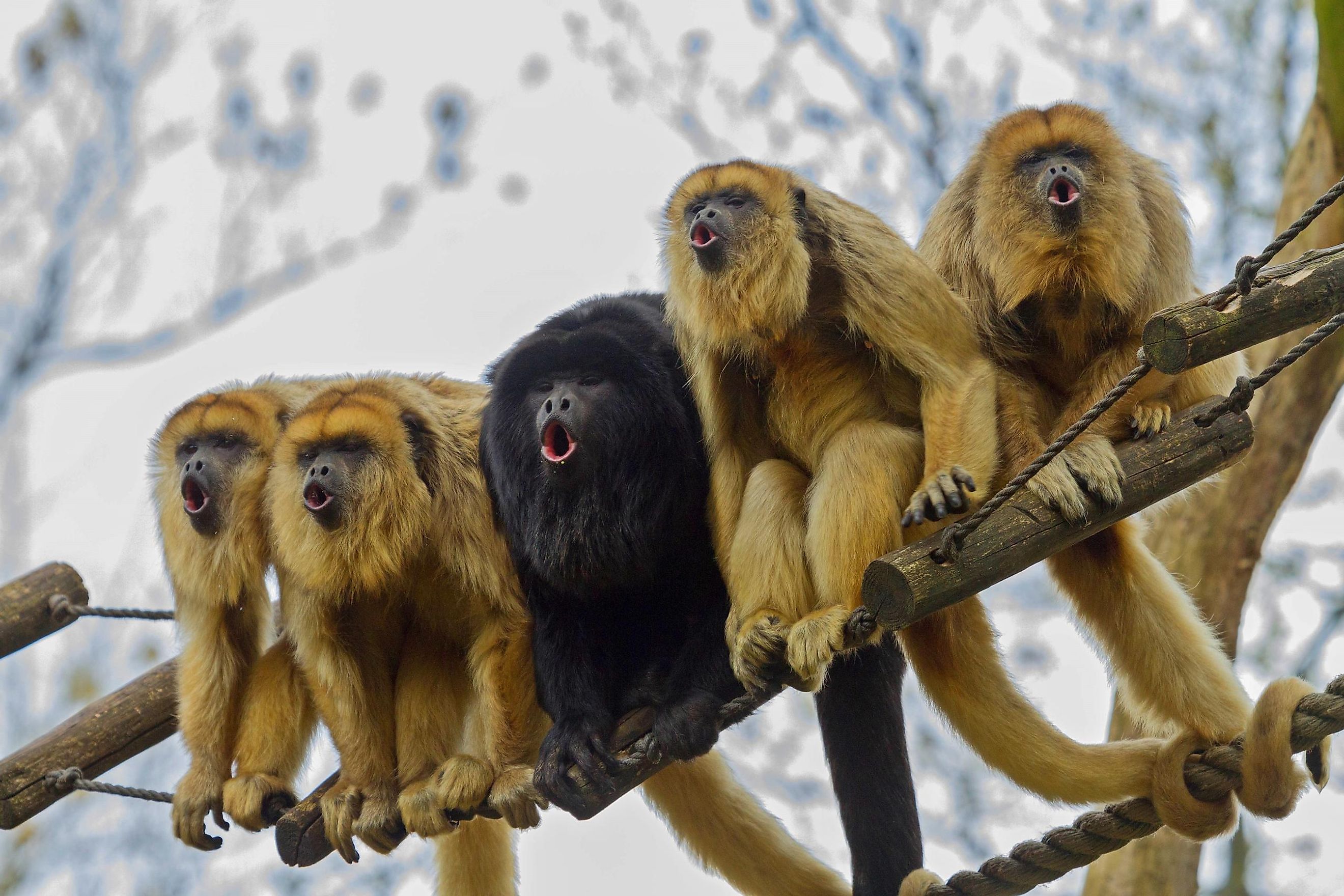
The World's 10 Loudest Animals
There are extraordinary creatures of all sorts roaming the planet's various biomes. It is rare to find a place without a cacophony of sounds, or perhaps even a coordinated symphony, coming from the trees, prairies, sky, or seas. Often these clicks, chirps, whistles, and growls blend into the background, rarely giving cause for alarm and certainly falling within a human's tolerable range for hearing. But some animals pack an organic megaphone. Whether through outright vocalizations, or other creative means, the following ten organisms possess the ability to blow the doors off, or more specifically, one's eardrum out. For context, the threshold for pain in humans is 120 decibels, and 160 dB is the danger zone. Let's see what pushes those boundaries.
The World's 10 Loudest Animals
- Tiger Pistol Shrimp
- Blue Whale
- Greater Bulldog Bat
- Kakapo
- Cicadas
- Lion
- Water Boatman
- Coquí Frog
- Wolf
- Howler Monkey
1. Tiger Pistol Shrimp - 200 decibels
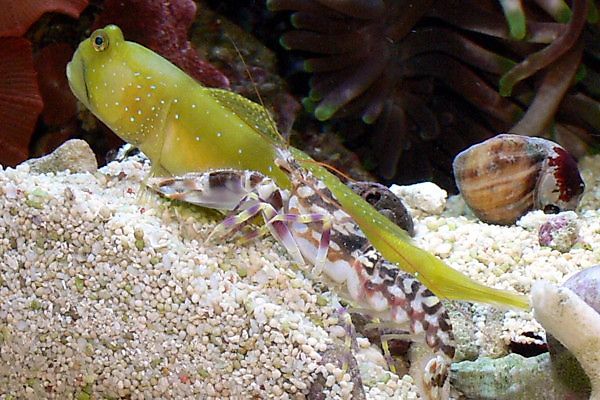
A shrimp? Really? How can such a tiny creature produce the loudest sound in the animal kingdom? Well, the tiger pistol shrimp, also known as the snapping shrimp, does not produce an ear-blasting sound directly with its body but rather as a result of a nifty technique. This feisty Mediterranean invertebrate cocks its relatively large claws and shoots a jet of water at a velocity high enough to generate an air bubble. This bubble then implodes with such remarkable force that it creates a shockwave that not only kills other shrimp within a 6.5-foot radius (2 meters) but has been registered at over 200 decibels! That is louder than a gunshot.
2. Blue Whale - 188 decibels
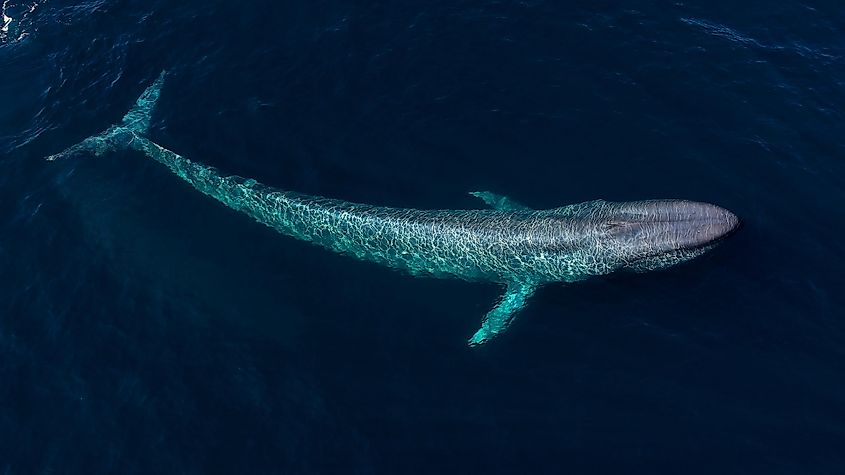
Reaching upwards of 108 feet (33 meters) in length and weighing as much as 200 tons, the blue whale is the largest living creature, and therefore, it probably comes as no surprise that it can make one of the loudest sounds. These magnificent aquatic mammals whistle to each other with a volume peaking at 188 decibels. Under optimal conditions, this incredible call, which surpasses the volume of a jet engine, can be heard from as far as 1,000 miles (1,600 kilometers). Thankfully, the water muffles these projections to the point where humans can listen to whale sounds to soothe our nerves rather than go instantly deaf.
3. Greater Bulldog Bat - 140 decibels
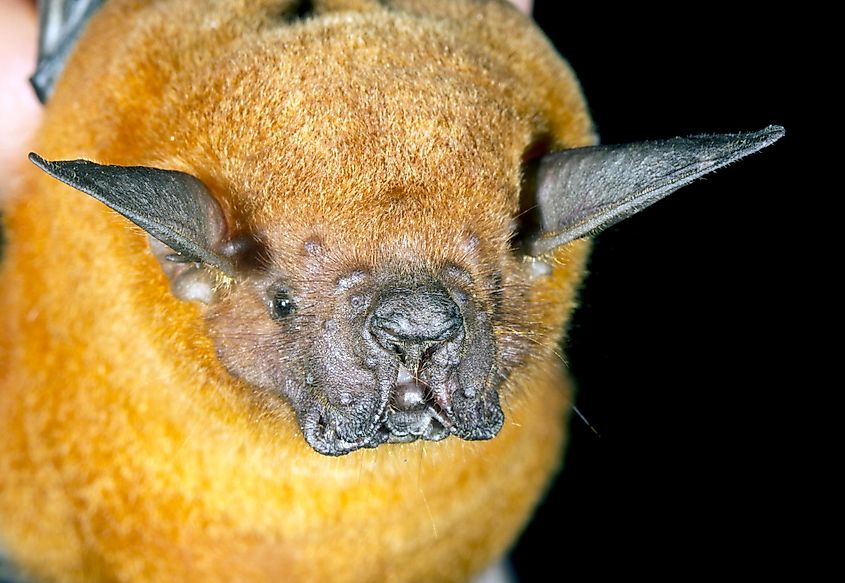
The Caribbean's greater bulldog bat can emit a sound that is louder than a chainsaw (i.e., 140 decibels). Thankfully, we are again spared from this potentially painful sound because it is outside the human range of hearing. Like all members of the bat family, the greater bulldog bat uses echolocation to navigate and capture food. But instead of subsisting on insects, fish is on this bat's preferred menu. This means that its ultrasonic pulses must be intense enough to penetrate the water. Humans can hear frequencies in the 20-hertz to 20-kilohertz range, whereas echolocation utilizes frequencies in the 20 to 200-kilohertz range.
4. Kakapo - 132 decibel
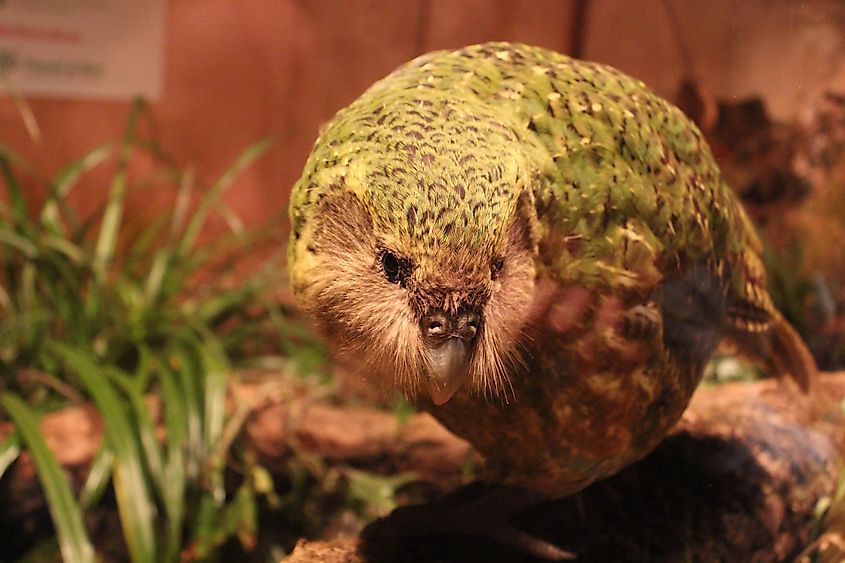
Kakapos stand out in many regards. This member of the parrot family is flightless, nocturnal, the largest of the flock, long-living, and loud! Male kakapos weigh between 4.4 and 8.8 pounds (2 - 4 kg), have been recorded to live to the ripe old age of 90, and when mating season arrives (which occurs roughly every 2 - 5 years and results in the laying of 1 - 4 eggs) for these New Zealand natives, the males crank their female-luring calls up to 11. To do so, they combine a deep boom that is generated using a thoracic air sac with brighter, metallic tones. The result is 132-decibel vocalization that can be heard from over 4.5 miles (7 kilometers) away.
5. Cicadas - 120 decibels
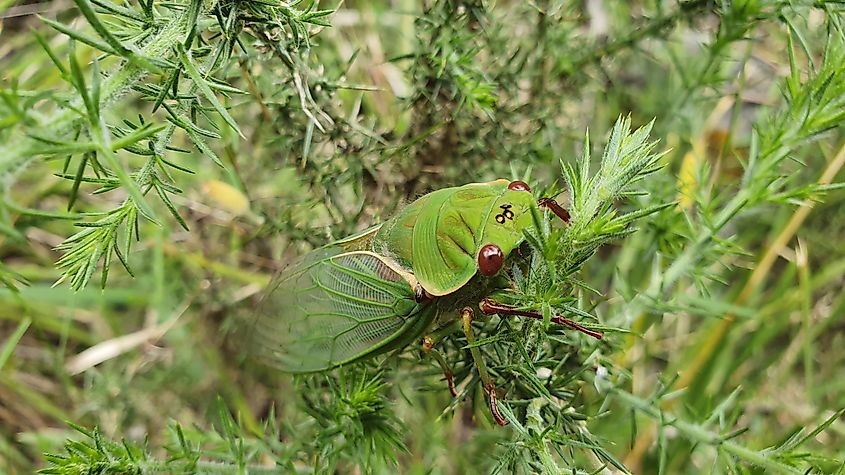
Cicadas are the loudest of all insects. Males of two different species, the greengrocer and the yellow Monday cicadas, can produce calls that eclipse 120 decibels. As is often the case, this praiseworthy belt is used to attract females, who might respond from as far as a mile and a half (2.4 kilometers) away. This species-specific primal message is propagated using drum-like mechanisms in the abdomen known as tymbals that make pulses of sound that are amplified by the hollow body. Since this technique may attract unwanted attention from birds and other predators, cicadas will group together in order to obfuscate any one critter's exact location, thereby swelling into a glorious chorus.
6. Lion - 114 decibels
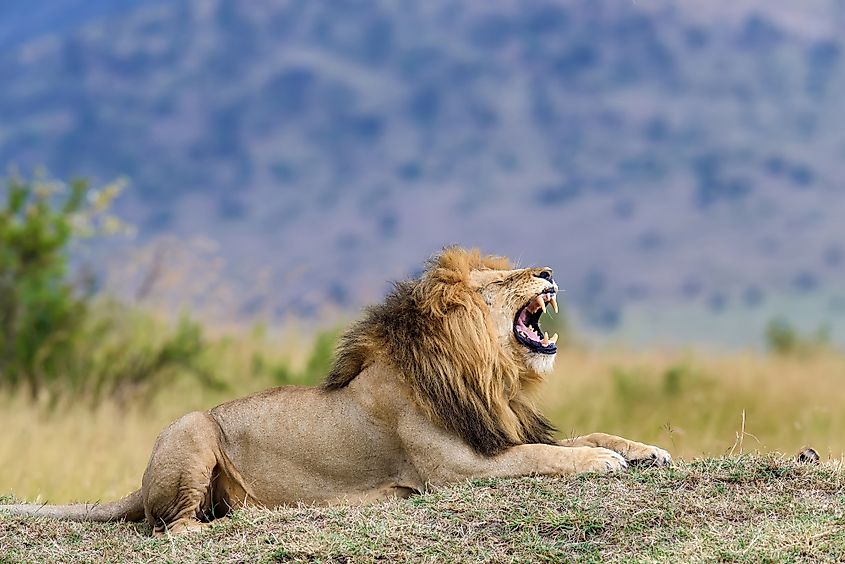
This iconic big cat and king of the jungle (or savannah) packs an unmistakable roar. These furry felines are the only example of their kind to travel in packs. Doing so allows the pride to occupy a home range as large as 162 miles (260 square kilometers). As such, they need a call that can carry across the plain, establishing their rightful territory, and perhaps, communicate with wandering members of the in-group (and, of course, kick off a movie). A lion's roar peaks at around 114 decibels and those fear-inducing sound waves can travel over 5 miles (8 kilometers).
7. Water Boatman - 99 decibels

The water boatman carries the distinction of being the loudest creature on earth relative to its size. This minute aquatic bug can be seen propelling its flat, boat-like body around with its paddle-resembling legs. But this is not the only curious movement it can make. The water boatman is able to rub its reproductive organ against its abdomen (a process called stridulation) in order to create an ultrasonic sound that reaches 99 decibels. Once again, the water and the frequency spare humans from this potentially overbearing call.
8. Coquí Frog - 90 - 100 decibels
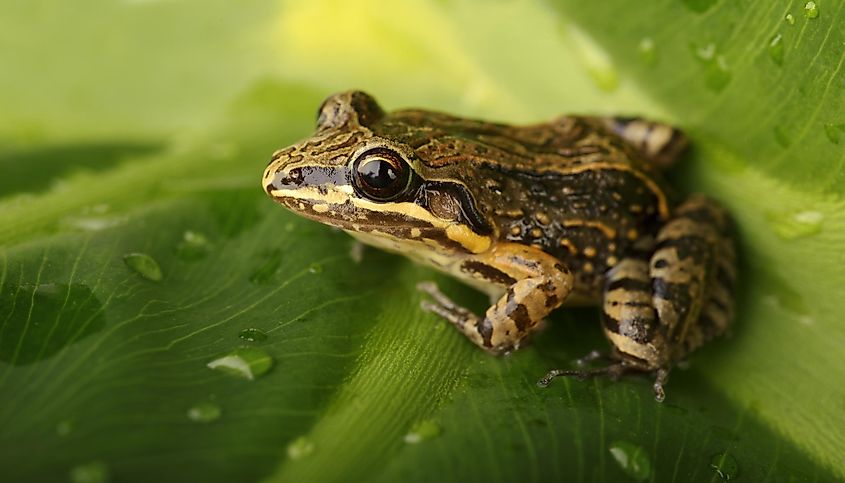
Coquí frogs are found in droves on the island nation and unincorporated territory of the United States, Puerto Rico. Because there are so many specimens all vying for a mate, males are forced to outdo each other in one of nature's more high-stakes karaoke battles. A single frog can reach 90 to 100 decibels, which as wild as it may sound for such an unassuming amphibian, is as loud as a jackhammer. As is often the balance between the propagation of genes and the threat of extermination, there are two phases to the coqui frog's call. The first sound is meant to deter predators, while the second helps females make their selection.
9. Wolf - 90 decibels
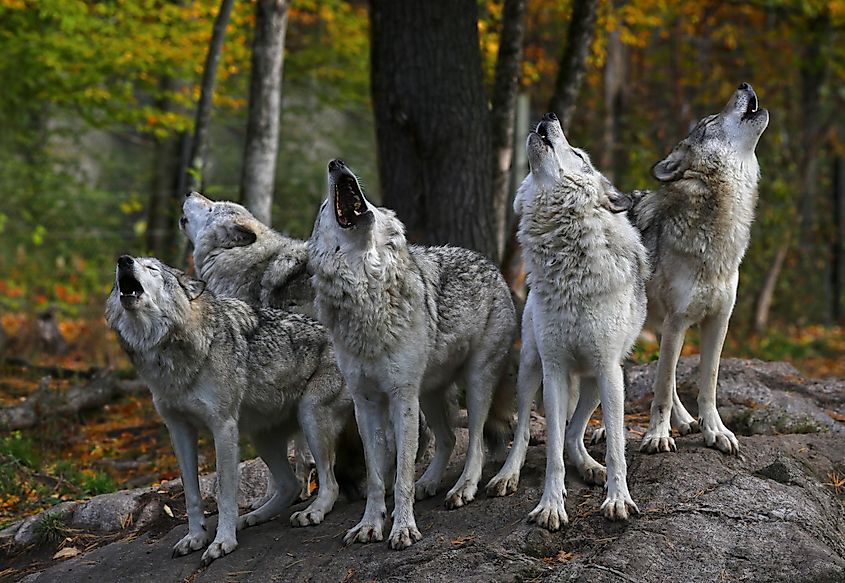
The mighty and elusive wolf howling at the moon is not only one of the more distinct sounds of the animal world but also one of the loudest. A single wolf can reach 90 decibels, but when paired with unique harmonies from the other members of the pack, an even greater impact is produced. It is thought that wolves, who travel such lengthy distances, howl into the night in order to keep track of the pack, announce their position (perhaps to rival entities), and establish their territory. Fascinatingly, by playing off each other, wolves create the impression of traveling in stronger numbers than are actually present.
9. Howler Monkey - 90 decibel
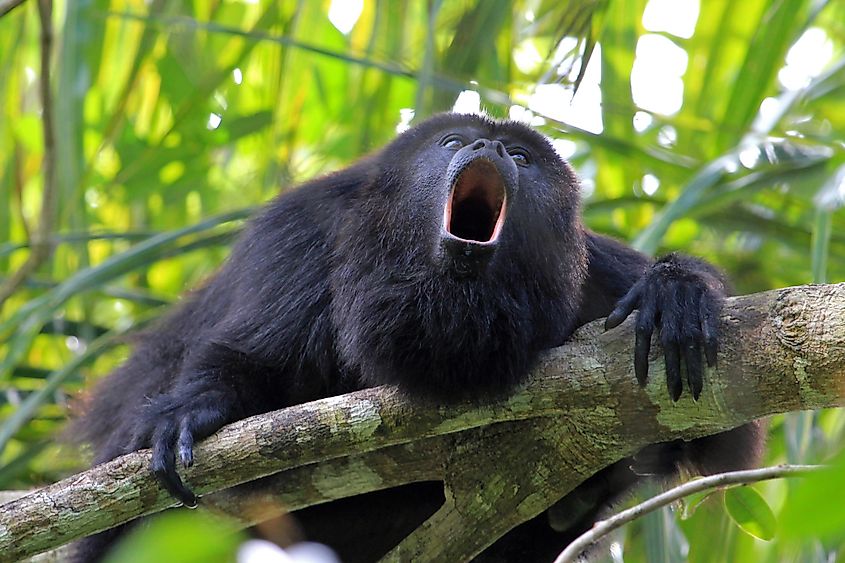
You can hear these New World monkeys' 90-decibel call from 3 miles (5 kilometers) away. Those brave enough to seek the source of the demonic wail will spot the large canopy-dwellers by their beards, swollen throats (owing to an enlarged hyoid bone at the base of the tongue that generates the startling sound), and, most commonly, dark red fur (though they may also be black, brown, or gold). Howler monkeys assume the role of rainforest roosters, waking up the jungle bright and early. They do this again before going to bed, in both cases as a signal to males in other groups, thereby defining their distinct territories.
There were some surprising entries on this list of bombastic creatures. Sure, wolves, whales, monkeys, and lions all make sense. Those mammals are powerful in stature, and so it naturally follows that they would exude the same intensity in their tones. But a shrimp, a frog, and a couple of insects surely would not make anyone's guess during trivia night. These little buggers demonstrate how complex and creative the tree of life really is.
| Rank | Animal | Sound (in decibels) |
|---|---|---|
| 1 | Tiger Pistol Shrimp | 200 |
| 2 | Blue Whale | 188 |
| 3 | Greater Bulldog Bat | 140 |
| 4 | Kakapo | 132 |
| 5 | Greengrocer Cicada | 120 |
| 6 | Lion | 114 |
| 7 | Water Boatman | 99 |
| 8 | Coquí Frogs | 90-100 |
| 9 | Wolf | 90 |
| 9 | Howler Monkey | 90 |

